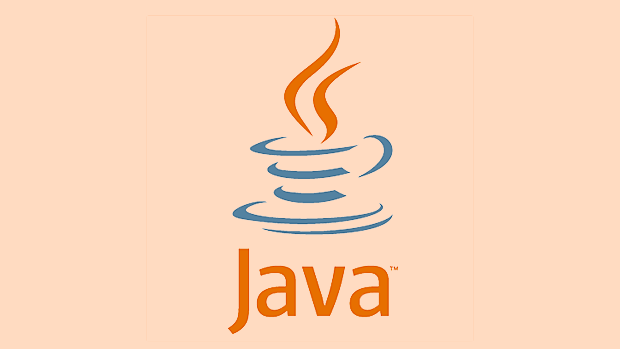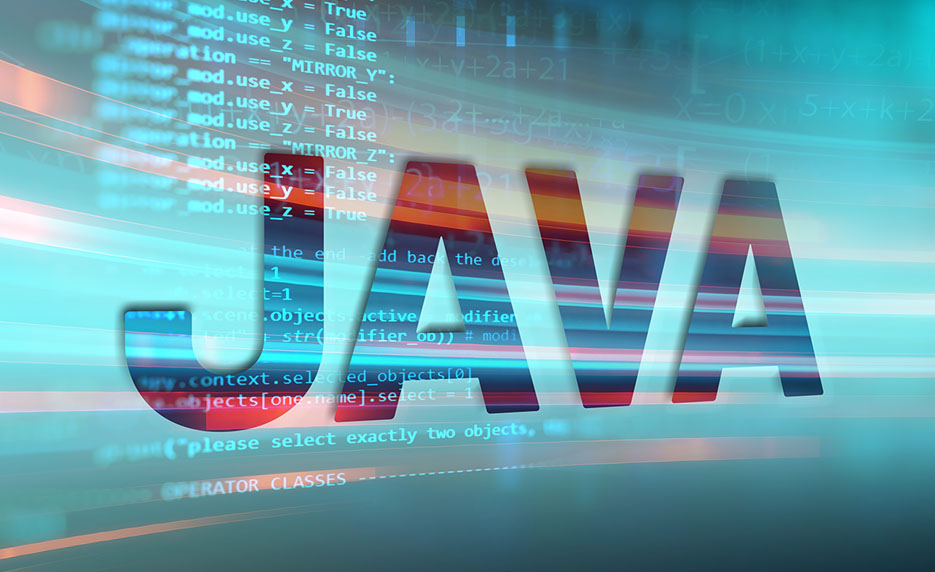How to set up a CI/CD pipeline for a Java project?
Jul 14, 2025 am 02:55 AMTo set up a CI/CD pipeline for a Java project, choose tools like Git, Maven or Gradle, and GitHub Actions, define a branch strategy with main and develop branches, configure CI to build and test using automation, and implement CD for deployment via SSH or Docker. 1. Choose Git, Maven/Gradle, Jenkins/GitHub Actions, JUnit, and optionally Docker. 2. Use Git with main, develop, and feature branches. 3. Configure CI to checkout code, install dependencies, build, and run tests. 4. Automate deployment through SSH or containerization with Docker. 5. Secure secrets, consider advanced deployment strategies, and monitor deployments.

Setting up a CI/CD pipeline for a Java project is a solid way to automate testing, building, and deployment. It helps reduce manual errors, speeds up development cycles, and keeps your codebase stable.

Here’s how to do it without overcomplicating things.
Choose Your Tools
The first step is picking the right tools for your pipeline. Most Java teams use:

- Git (or GitHub/GitLab) for version control
- Maven or Gradle as the build tool
- Jenkins, GitHub Actions, or GitLab CI for automation
- A testing framework like JUnit
- A container platform like Docker (optional but recommended)
You don’t need all of them, but having a clear stack makes setup smoother. If you're just starting, GitHub Actions is a good pick because it integrates well with GitHub repositories and doesn’t require managing a separate server.
Set Up Version Control and Branch Strategy
Before diving into automation, make sure your project is in a Git repository. Then define a branch strategy — most teams go with something like:

-
mainormasterfor production-ready code -
developfor ongoing development - Feature branches for individual changes
This structure makes it easier to trigger automated builds only when needed — for example, run tests on every pull request and deploy only when merging into main.
Also, make sure your .gitignore includes build artifacts, IDE files, and local config so you don’t accidentally commit unnecessary stuff.
Configure the CI Part: Build and Test
CI (Continuous Integration) usually starts by checking out the code, installing dependencies, building the project, and running tests.
If you’re using Maven, your CI config might look like this (in GitHub Actions):
jobs:
build:
runs-on: ubuntu-latest
steps:
- uses: actions/checkout@v3
- name: Set up JDK
uses: actions/setup-java@v3
with:
java-version: '17'
distribution: 'adopt'
- name: Build with Maven
run: mvn clean packageThis will compile your code, run unit tests, and create a JAR file. If any test fails, the pipeline stops — which is exactly what you want.
A few tips:
- Make sure your tests are fast and reliable.
- Use caching for dependencies if supported (like
~/.m2/repositoryfor Maven). - Run static analysis or code quality checks here too if possible.
Add CD: Automate Deployment
Once the build passes, it’s time to deploy. CD (Continuous Delivery/Deployment) can be as simple as copying a JAR to a server or as complex as pushing a Docker image to a registry and triggering a Kubernetes rollout.
For basic deployments, you can use SSH or SCP commands from your pipeline to copy and restart your app:
scp target/myapp.jar user@server:/opt/app/ ssh user@server "systemctl restart myapp"
But for better scalability and isolation, consider packaging your app into a Docker image and deploying it with tools like Helm or ArgoCD.
Some key points:
- Keep secrets (like SSH keys or API tokens) secure — never hardcode them in config files.
- Consider rolling updates or blue-green deployments to avoid downtime.
- Monitor your deployments — especially if they fail silently.
Final Notes
That's basically it. Once everything is wired up, every push to your repo can kick off a chain of automated steps that ensure your app stays healthy and deployable.
It might take some trial and error to get the config right, especially around environment variables and permissions, but once it works, it saves a ton of time in the long run.
The above is the detailed content of How to set up a CI/CD pipeline for a Java project?. For more information, please follow other related articles on the PHP Chinese website!

Hot AI Tools

Undress AI Tool
Undress images for free

Undresser.AI Undress
AI-powered app for creating realistic nude photos

AI Clothes Remover
Online AI tool for removing clothes from photos.

Clothoff.io
AI clothes remover

Video Face Swap
Swap faces in any video effortlessly with our completely free AI face swap tool!

Hot Article

Hot Tools

Notepad++7.3.1
Easy-to-use and free code editor

SublimeText3 Chinese version
Chinese version, very easy to use

Zend Studio 13.0.1
Powerful PHP integrated development environment

Dreamweaver CS6
Visual web development tools

SublimeText3 Mac version
God-level code editing software (SublimeText3)
 VSCode settings.json location
Aug 01, 2025 am 06:12 AM
VSCode settings.json location
Aug 01, 2025 am 06:12 AM
The settings.json file is located in the user-level or workspace-level path and is used to customize VSCode settings. 1. User-level path: Windows is C:\Users\\AppData\Roaming\Code\User\settings.json, macOS is /Users//Library/ApplicationSupport/Code/User/settings.json, Linux is /home//.config/Code/User/settings.json; 2. Workspace-level path: .vscode/settings in the project root directory
 How to handle transactions in Java with JDBC?
Aug 02, 2025 pm 12:29 PM
How to handle transactions in Java with JDBC?
Aug 02, 2025 pm 12:29 PM
To correctly handle JDBC transactions, you must first turn off the automatic commit mode, then perform multiple operations, and finally commit or rollback according to the results; 1. Call conn.setAutoCommit(false) to start the transaction; 2. Execute multiple SQL operations, such as INSERT and UPDATE; 3. Call conn.commit() if all operations are successful, and call conn.rollback() if an exception occurs to ensure data consistency; at the same time, try-with-resources should be used to manage resources, properly handle exceptions and close connections to avoid connection leakage; in addition, it is recommended to use connection pools and set save points to achieve partial rollback, and keep transactions as short as possible to improve performance.
 Understanding the Java Virtual Machine (JVM) Internals
Aug 01, 2025 am 06:31 AM
Understanding the Java Virtual Machine (JVM) Internals
Aug 01, 2025 am 06:31 AM
TheJVMenablesJava’s"writeonce,runanywhere"capabilitybyexecutingbytecodethroughfourmaincomponents:1.TheClassLoaderSubsystemloads,links,andinitializes.classfilesusingbootstrap,extension,andapplicationclassloaders,ensuringsecureandlazyclassloa
 How to work with Calendar in Java?
Aug 02, 2025 am 02:38 AM
How to work with Calendar in Java?
Aug 02, 2025 am 02:38 AM
Use classes in the java.time package to replace the old Date and Calendar classes; 2. Get the current date and time through LocalDate, LocalDateTime and LocalTime; 3. Create a specific date and time using the of() method; 4. Use the plus/minus method to immutably increase and decrease the time; 5. Use ZonedDateTime and ZoneId to process the time zone; 6. Format and parse date strings through DateTimeFormatter; 7. Use Instant to be compatible with the old date types when necessary; date processing in modern Java should give priority to using java.timeAPI, which provides clear, immutable and linear
 How to set up a CI/CD pipeline with GitHub Actions for Laravel?
Aug 03, 2025 am 02:43 AM
How to set up a CI/CD pipeline with GitHub Actions for Laravel?
Aug 03, 2025 am 02:43 AM
Create a .github/workflows/ci-cd.yml file to define the workflow, trigger the condition to push to or merge to the main branch, and configure MySQL service; 2. Check out the code in the test task, set up the PHP environment, install dependencies, generate application keys, configure .env files, run migrations and execute phpunit tests; 3. Optional but recommended to add PHPStan and other tools for code quality check; 4. Use appleboy/ssh-action to deploy to the server through SSH, and run only after the main branch is pushed and the test is passed, and sensitive information is managed through GitHubSecrets; 5. All sensitive configurations use environment variables and Git
 Comparing Java Frameworks: Spring Boot vs Quarkus vs Micronaut
Aug 04, 2025 pm 12:48 PM
Comparing Java Frameworks: Spring Boot vs Quarkus vs Micronaut
Aug 04, 2025 pm 12:48 PM
Pre-formanceTartuptimeMoryusage, Quarkusandmicronautleadduetocompile-Timeprocessingandgraalvsupport, Withquarkusoftenperforminglightbetterine ServerLess scenarios.2.Thyvelopecosyste,
 Understanding Network Ports and Firewalls
Aug 01, 2025 am 06:40 AM
Understanding Network Ports and Firewalls
Aug 01, 2025 am 06:40 AM
Networkportsandfirewallsworktogethertoenablecommunicationwhileensuringsecurity.1.Networkportsarevirtualendpointsnumbered0–65535,withwell-knownportslike80(HTTP),443(HTTPS),22(SSH),and25(SMTP)identifyingspecificservices.2.PortsoperateoverTCP(reliable,c
 How does garbage collection work in Java?
Aug 02, 2025 pm 01:55 PM
How does garbage collection work in Java?
Aug 02, 2025 pm 01:55 PM
Java's garbage collection (GC) is a mechanism that automatically manages memory, which reduces the risk of memory leakage by reclaiming unreachable objects. 1.GC judges the accessibility of the object from the root object (such as stack variables, active threads, static fields, etc.), and unreachable objects are marked as garbage. 2. Based on the mark-clearing algorithm, mark all reachable objects and clear unmarked objects. 3. Adopt a generational collection strategy: the new generation (Eden, S0, S1) frequently executes MinorGC; the elderly performs less but takes longer to perform MajorGC; Metaspace stores class metadata. 4. JVM provides a variety of GC devices: SerialGC is suitable for small applications; ParallelGC improves throughput; CMS reduces






